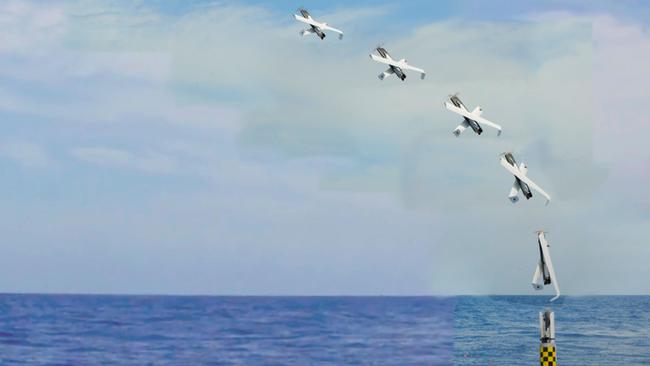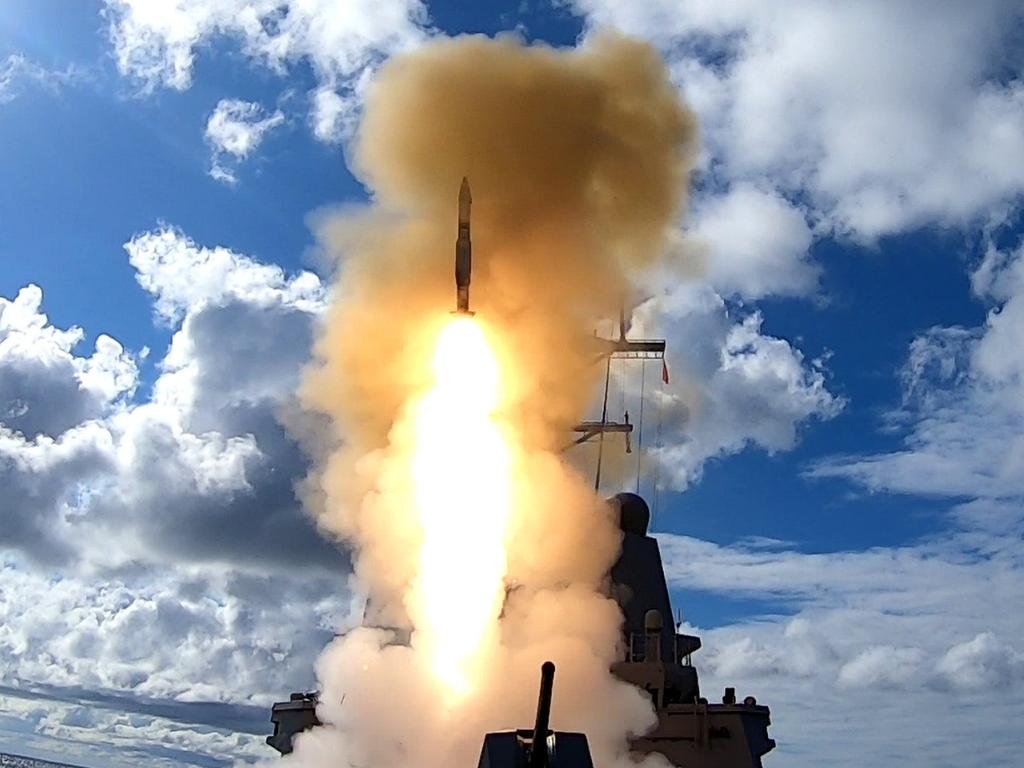Autonomous military and naval logic gains life of its own

In the early to mid-2030s, the Royal Australian Navy will commission the first of an eventual 12 Attack-class future submarines. The navy makes the claim that these will be ‘‘regionally superior’’ though as my colleague, Michael Shoebridge, points out, the rate of development in advanced military capabilities, is fast.
The navy’s current emphasis on small, tube-launched unmanned underwater vehicles (UUVs) that can do basic mine-clearance tasks or surveillance may prove to be misplaced if such systems are overtaken by much more capable platforms, which can operate entirely independently from manned submarines.
Fully autonomous UUVs and unmanned surface vehicles (USVs) with global range, extended time on station, and sophisticated sensor and weapons capabilities are likely by the mid-2030s, at considerably reduced acquisition cost, and without the personnel challenges that manned naval vessels bring.
As I noted in The Weekend Australian last May, both the US Navy and Royal Navy are looking to acquire extra-large UUVs (XLUUVs), while the US Navy is currently sailing its Sea Hunter unmanned surface vehicle across the Pacific, in what may be the beginning of a transformation of the USN into a mixed manned-unmanned fleet.
The USN reportedly has a contract with Boeing for five Orca XLUUVs for a total cost of $300m and an entry into service by 2022. Were it to follow the US and Britain’s example, by 2035 the RAN could introduce a fleet of 24 XLUUVs for about $1.5bn, plus operating costs and the cost of building robust command and control networks. That’s about a quarter of the cost of a single Attack-class boat. That sounds a very attractive proposition to expand the navy’s combat mass through unmanned systems at comparatively low-cost compared with additional crewed platforms.
This is not a call to scrap the Attack-class submarine or abandon the Hunter-class frigate. It is a call to strengthen our emphasis on building manned-unmanned teaming at sea, and to consider the role of unmanned systems, not just as a niche capability akin to a small recoverable torpedo, but as an entirely new class of primary military capability for the Australian Defence Force.
Australia should be considering how unmanned systems, on and under the waves, operating entirely independently and autonomously from manned platforms when necessary, but as part of a manned-unmanned teaming approach when possible, can be incorporated into the ADF’s future force structure. The ADF should aim to have a mix of manned and unmanned platforms at sea, in the air and on land, including sophisticated long-range long-endurance and armed autonomous platforms.
Above all, we need to be boldly imaginative. Constraining our thinking to tube-launched UUVs on the Future Submarine is neither bold nor imaginative. Once we cast aside orthodox mindsets some innovative thinking can be more easily undertaken by asking more forward-looking questions.
How might our fleet of Attack-class future subs work with a platform similar to the Orca XLUUV or Sea Hunter USV in future war? Could we use such unmanned systems to control key maritime straits to prevent a major-power adversary from projecting naval forces into our maritime approaches, or to act as forward sensors for our shooters, resident on our naval surface combatants?
In an era of advanced supersonic anti-ship missiles, anti-ship ballistic missiles and hypersonic glide vehicles, deploying crewed naval surface combatants such as the Hobart-class air warfare destroyers or Hunter-class future frigates inside heavily contested environments such as the South China Sea could be disastrous. It’s better to rely on large, long-range unmanned systems which could give the ADF the ability to go into harm’s way without risking heavy loss of life.
One debate on capability that keeps re-emerging is whether Australia needs fixed-wing naval air power and if so, should we acquire a squadron of STOVL (short take-off and vertical landing) F-35B joint strike fighters to provide that capability, perhaps operating from an adapted Canberra-class LHD ship?
If we are thinking about how best to incorporate unmanned systems into the ADF in a more holistic manner, rather than F-35Bs on a converted LHD offering only a 70 per cent solution, It may be better to locally design and build a purpose-built vessel to support an entirely unmanned air wing. This could comprise fixed or rotary-wing VTOL UAVs such as the Northrop Grumman Firescout or the US DARPA’s Tern, for naval intelligence, surveillance and reconnaissance, as well as fixed-wing armed UCAVs for strike and to support naval air defence at long range. The latter could, for example, be based on a navalised variant of the Boeing Australia ‘‘airpower teaming system’’ Loyal Wingman concept.
Dr Malcolm Davis is senior analyst at the Australian Strategic Policy Institute focusing on defence strategy and capability issues.






In the next 15 years, the development of unmanned systems in the air, on and under the waves and on land, alongside sophisticated networks of sensors and shooters, is likely to accelerate.